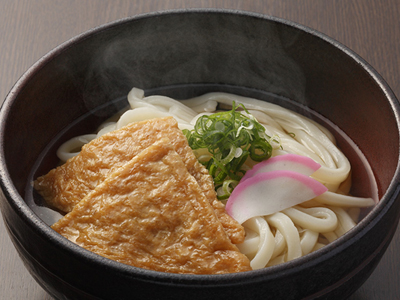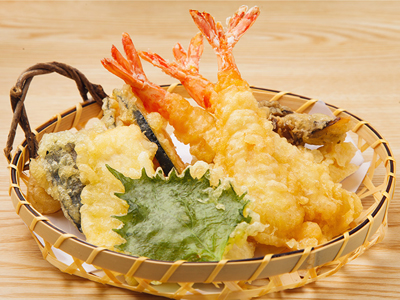Title
Description
Text here...
Ingredients
Text here...

There is something so unique about Japanese food culture. Every process is like a work of art in itself — from preparation and cooking to the actual eating. There are various things that come into play when dining at an eatery in Japan. And it’s never the same for all types of restaurants. Depending on what they serve, there’s a set of etiquette attached to it.
There’s a special term to describe the collective of all Japanese food, and that’s called “washoku” (和食). The characters in Japanese translate to “Food of Japan” — isn’t that beautiful? The art of washoku is blending every ingredient seamlessly with one another to create a magnificent cuisine each time. There’s a sense of harmony between every dish served together. And every course or meal is prepared with the idea of this beautiful tradition in mind. Each bite and sip is another insight to the Japanese way of life.






When you enter a restaurant in Japan, the staff will likely all greet you with a hearty "Irasshai!" (Welcome!). In all but the most casual places, where you seat yourself, the waitstaff will next ask you "Nan-mei sama?" (How many people?). Indicate the answer with your fingers, which is what the Japanese do. You may also be asked if you would like to sit at a zashiki (low table on the tatami), at a tēburu (table) or the kauntā (counter). Once seated you will be given an oshibori (hot towel), a cup of tea or water (this is free) and a menu.
If you only remember one thing, make it this: do not stick your chopsticks upright in a bowl of rice or pass food from one pair of chopsticks to another – both are reminiscent of Japanese funeral rites. But there are other lessons to learn. When serving yourself from a shared dish, it’s polite to use the back end of your chopsticks (i.e. not the end that goes into your mouth) to place the food on your own small dish. Lunch is one of Japan’s great bargains; however, restaurants can only offer cheap lunch deals because they anticipate high turnover. Spending too long sipping coffee after finishing your meal might earn you dagger eyes from the kitchen.
It’s perfectly OK, even expected, to slurp your noodles. They should be eaten at whip speed, before they go soggy (letting them do so would be an affront to the chef); that’s why you’ll hear diners slurping, sucking in air to cool their mouths. Eating and walking at the same time is considered impolite in Japan, as it goes against the etiquette of "ikkai ichi dousa" – which loosely translates as doing "one thing at a time". Finish your onigiri while standing out the front of the convenience store or find somewhere to sit down to eat your bento, otherwise you might elicit some stares of disapproval.
The Japanese put an emphasis on “shun” (旬), the seasonality of food. The dishes prepared at a certain time of the year is based on the season it’s in. The flavours introduced fits perfectly for the weather at the point of time.
In Shintoism, the current native religion of Japan, it’s important to have respect for nature. The people of Japan take advantage of what is in season, like bamboo shoots in spring and chestnuts in autumn. Everything from “umi no sachi” (海の幸, referring to the fruits of the sea) to “yama no sachi” (山の幸, referring to the fruits of the mountains) is prioritised in to be included in the menu.
In Japanese food culture, how the meal is being served is as important as how it tastes. The people of Japan view the presentation as high importance in any meal they serve and also being served. Everything from bowls to cutlery is carefully placed. Not to mention the actual dish itself. Each ingredient decorates the plate harmoniously, just like their flavours.


